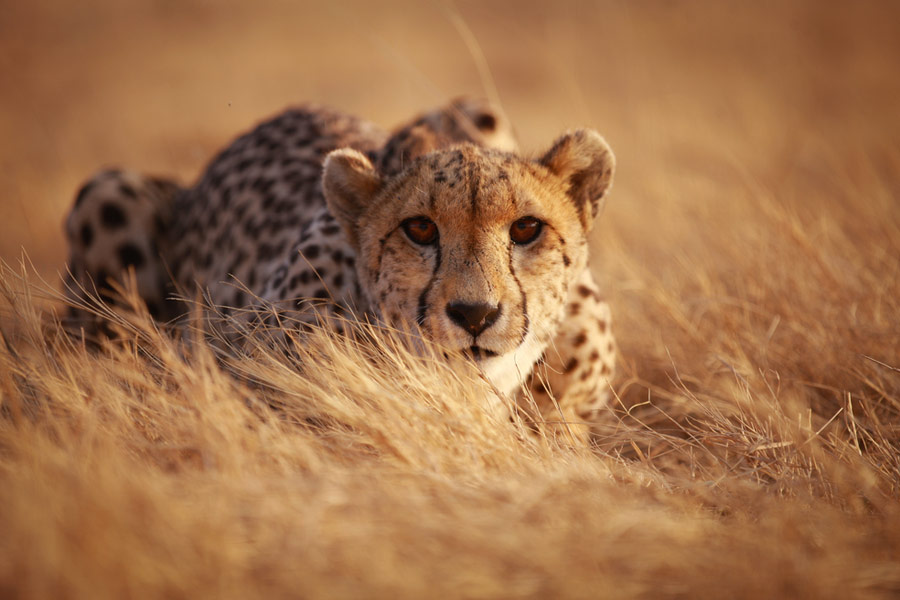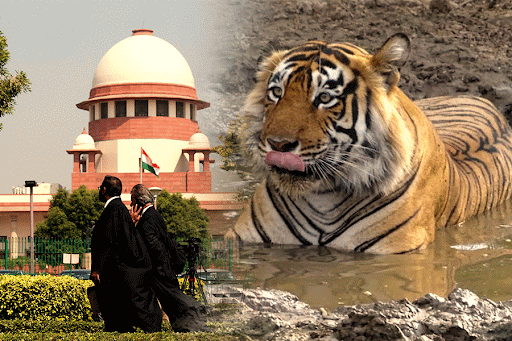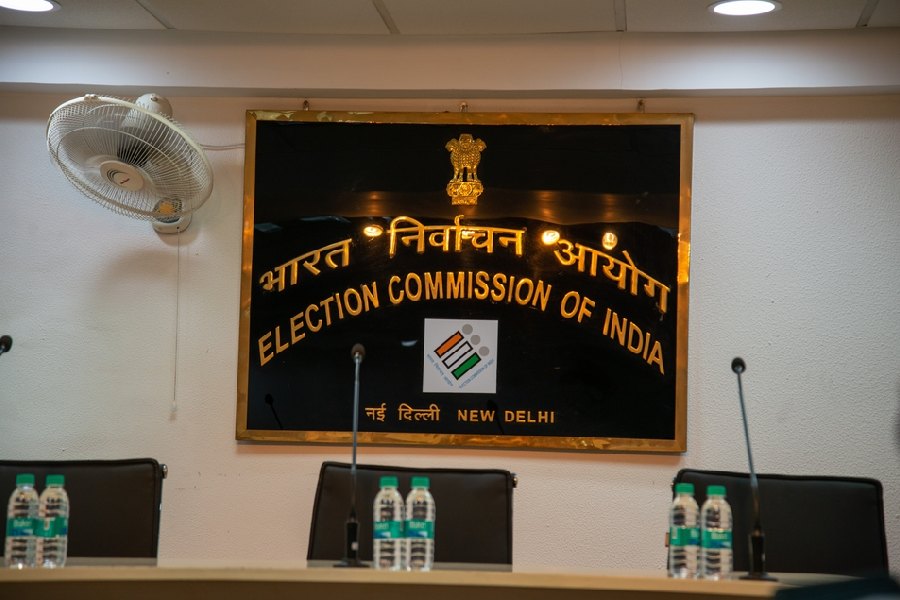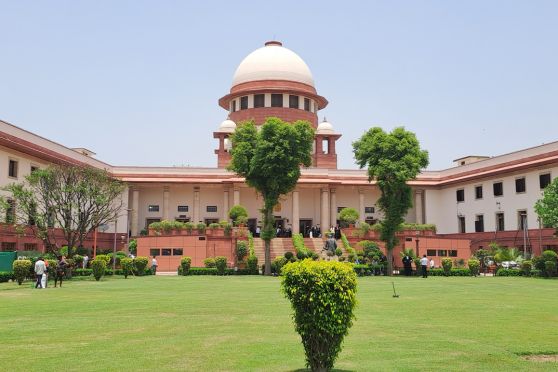India should fence two to three habitats for cheetahs as there has never been a successful reintroduction into an unfenced reserve in recorded history, South African wildlife expert Vincent van der Merwe has said, cautioning that the reintroduction project is going to see even higher mortalities in the next few months when cheetahs try to establish territories and come face to face with leopards and tigers in the Kuno National Park.
In an interview with PTI, Van der Merwe, who is closely involved with the project, said though the cheetah deaths have been within the acceptable range, the team of experts that reviewed the project recently did not expect males to kill a South African female cheetah during courtship and "they take full responsibility for this." "There has never been a successful reintroduction into an unfenced reserve in recorded history. It has been attempted 15 times in South Africa and it failed every time. We are not advocating that India must fence all of its cheetah reserves, we are saying that just fence two or three and create source reserves to top up sink reserves," Van der Merwe told PTI.
Source reserves are habitats that provide optimal conditions for the population growth and reproduction of a particular species. These areas have abundant resources, suitable habitats, and favourable environmental conditions. They can support self-sustaining populations that produce a surplus of individuals, which can then disperse to other areas.
Sink reserves, on the other hand, are habitats that have limited resources or environmental conditions that are less favourable for the survival or reproduction of a species. Sink reserves are reliant on dispersing individuals from source reserves to maintain their population numbers.
Several experts, even the Supreme Court, have expressed concerns over lack of space and logistical support in Kuno park in Madhya Pradesh and have suggested shifting cheetahs to other sanctuaries.
In April, the Madhya Pradesh Forest Department had written a letter to the National Tiger Conservation Authority, requesting for an "alternate" site for the cheetahs at Kuno, where three adult cheetahs have died in less than two months.
Van der Merwe, manager of the Cheetah Metapopulation Project in South Africa, said the best way forward right now would be to get at least three or four cheetahs to Mukundra Hills, and let them breed up there.
"Mukundra Hills is fully fenced. We know that cheetahs will do very well there. The only problem is that it's not fully stocked at the moment. So you'll have to bring in some black buck and chinkara. And when the fencing is completed at Nauradehi and Gandhisagar, we will have three fenced reserves and then we are absolutely winning," he said.
The conservationist presaged more cheetah deaths outside of the fenced enclosures in the next few months.
"That's where the real dangers lie. That's where you can expect mortality due to hunting injury. The cheetahs, of course, will continue to establish territories and fight with each other and kill each other for territories and for access to females. They're going to encounter leopards. There are now tigers moving around in Kuno. The worst mortalities are still to come," he said.
Though the death of three adults and a cub is perfectly within the normal mortality rates experienced in reintroduction, it is very unfortunate that these cheetahs died inside the enclosures, Van der Merwe said.
"There seems to be a frenzy in India, we've lost four cheetahs and the project is failing. That is not true. Cheetahs naturally have high mortality rates. And we observed these same mortality rates in Africa when we reintroduced them into unfenced systems," he said.
He said the Namibian female cheetah (Shasha) was compromised (she was suffering from a kidney infection) before she even got to India and the people on the ground really don't know what killed the second cheetah (Uday).
"We really don't know what killed that South African cheetah, when he was opened up and examined, he was found to be perfectly healthy. So we don't know what happened there. And then the two males killing the female was just extremely unfortunate," he said.
On two males killed a female cheetah, Van der Merwe said such cases are rare but can occur.
"We've had a whole lot of male and female cheetahs interacting with each other in the bomas and the large enclosures at Kuno. And initially it was very successful. There were three matings observed between the Namibian cheetahs.
"And then the South African cheetahs were also given exposure to each other inside the large enclosures... The two males went on to kill the female and we were involved in this decision making. And we accept full responsibility for what happened," he said.
Only 8 per cent of the mortalities recorded in the South African metapopulation in the last 10 years is due to cheetahs killing each other and only 5 per cent of this involved males killing females, said Van der Merwe.
Except for the headline, this story has not been edited by The Telegraph Online staff and has been published from a syndicated feed.










